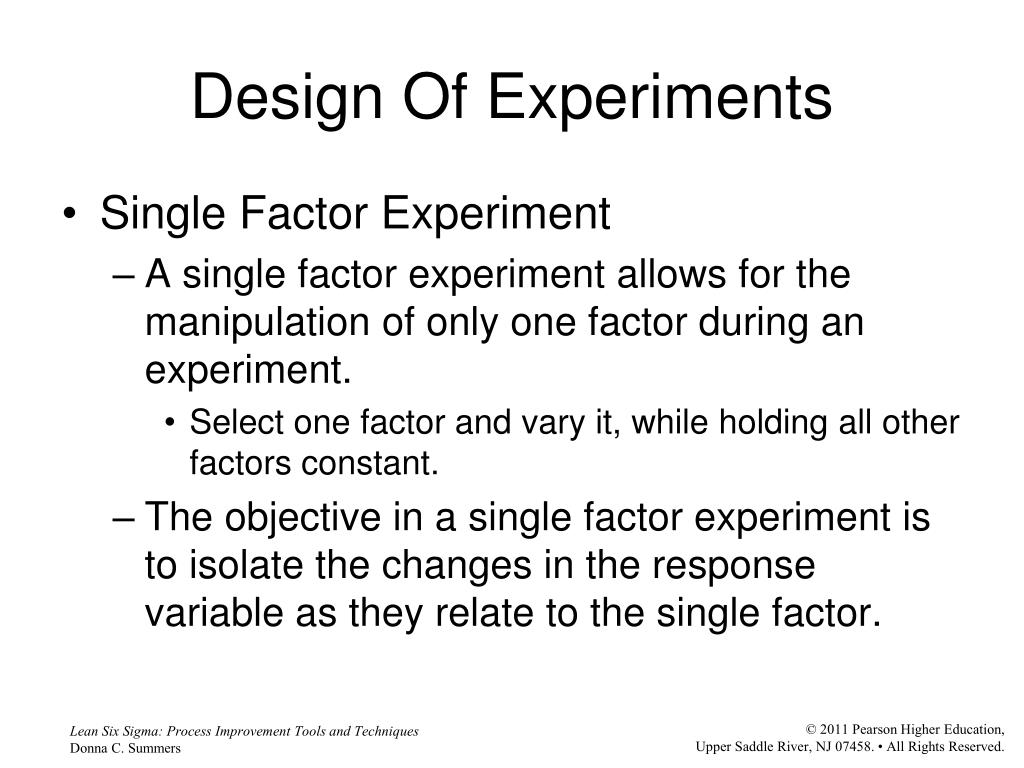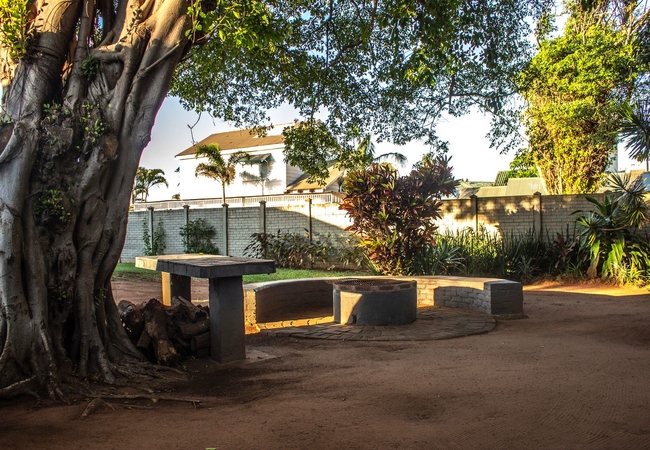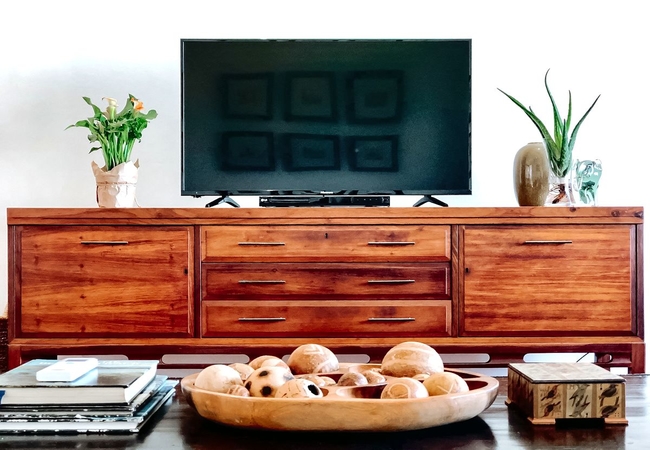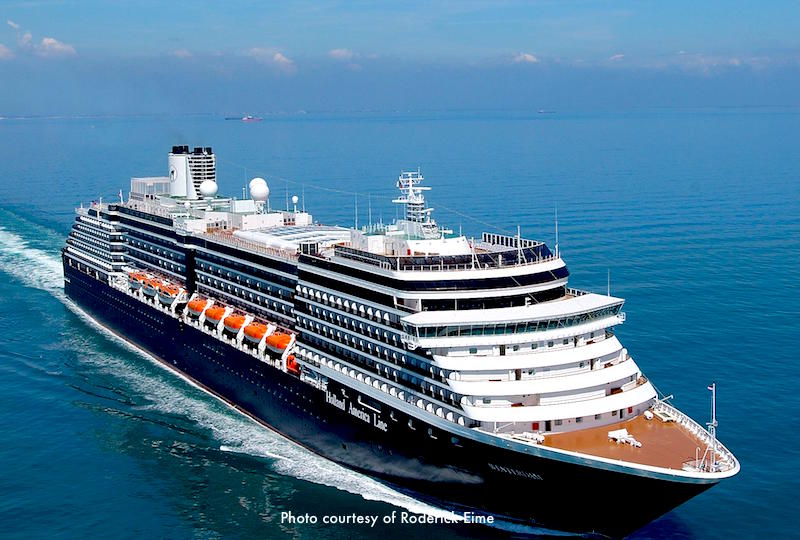Table Of Content

The key concept behind this methodology is that there is a relationship between the factors affecting the response. ISixSigma defined it as determining the “cause and effect relationships” of factors. Therefore, a complete experimental plan consists of the combination of factors used to evaluate their effects on the response.
Incorporate natural elements
Factorial Design explores every possible combination of factors and levels within a single experiment, providing comprehensive data on the main effects and interactions between factors. This design is invaluable for experiments where understanding the synergistic effects of multiple factors is crucial for drawing accurate conclusions. Design of experiments (DOE) is a systematic, efficient method that enables scientists and engineers to study the relationship between multiple input variables (aka factors) and key output variables (aka responses). It is a structured approach for collecting data and making discoveries. Some efficient designs for estimating several main effects were found independently and in near succession by Raj Chandra Bose and K.

Types of Experimental Design
These are both very similar and we will discuss both of these in this course. He came up with the concept of robust parameter design and process robustness. Response Surface Methodology (RSM) is an advanced set of techniques for modeling and analyzing problems in which several variables influence a response of interest. RSM is designed to optimize the response, identify the relationship between variables, and find the conditions that maximize or minimize the response value. Randomization is assigning subjects or experimental units to different groups in a study purely by chance. This critical process ensures that each group is comparable and extraneous variables do not bias the results.

Data Collection Method
It is best that a process be in reasonable statistical control prior to conducting designed experiments. Investigators should ensure that uncontrolled influences (e.g., source credibility perception) do not skew the findings of the study. Manipulation checks allow investigators to isolate the chief variables to strengthen support that these variables are operating as planned. The independent variable of a study often has many levels or different groups.
Title:Variational Bayesian Optimal Experimental Design with Normalizing Flows
For example, these concerns can be partially addressed by carefully choosing the independent variable, reducing the risk of measurement error, and ensuring that the documentation of the method is sufficiently detailed. Related concerns include achieving appropriate levels of statistical power and sensitivity. Of all the types, the simplest type of experimental design is the completely randomized design, in which the participants are randomly assigned to the treatment groups. The main advantage of using this method is that it avoids bias and controls the role of chance.
What is Design of Experiments (DOE)? Your Method to Optimize Results
Design-Experiments-Makes-Comeback - Chemical & Engineering News
Design-Experiments-Makes-Comeback.
Posted: Mon, 01 Apr 2013 07:00:00 GMT [source]
You can visualize, explore your model and find the most desirable settings for your factors using the JMP Prediction Profiler. Please include what you were doing when this page came up and the Cloudflare Ray ID found at the bottom of this page.
Qualitty is critical for drug products because health and safety of consumers are at risk when a product doesn’t meet the standards. DoE is used in drug testing, reducing impurities in the process of making drugs, before releasing it for consumer use. With DoE, the factors and their levels are checked and see which of them when used are giving the exact quality in the response. MoreSteam gave a simple illustration to explain the components of the experiment—the three aspects that need to be analyzed in the design experiments—and understanding the meaning of each is crucial in defining DoE. Now it is a company and they employ a technique which has been adopted by many of the large manufacturing companies. This is a technique that uses statistics to make decisions based on quality and feedback loops.
When to use Experimental Research Design
Physiological measures involve measuring participants’ physiological responses, such as heart rate, blood pressure, or brain activity, using specialized equipment. These measures may be invasive or non-invasive, and may be administered in a laboratory or clinical setting. Behavioral measures involve measuring participants’ behavior directly, such as through reaction time tasks or performance tests. These measures may be administered using specialized equipment or software. This method involves observing and recording the behavior or phenomenon of interest in real time. It may involve the use of structured or unstructured observation, and may be conducted in a laboratory or naturalistic setting.
learnstatisticseasily
One of the most important requirements of experimental research designs is the necessity of eliminating the effects of spurious, intervening, and antecedent variables. But there could be a third variable (Z) that influences (Y), and X might not be the true cause at all. The same is true for intervening variables (a variable in between the supposed cause (X) and the effect (Y)), and anteceding variables (a variable prior to the supposed cause (X) that is the true cause). When a third variable is involved and has not been controlled for, the relation is said to be a zero order relationship.
But what exactly is bohemian style, and how can you create this aesthetic in your home? We spoke to interior designers who share below the fundamentals of this laid-back interior design style, as well as ideas for creating the look in your own home. Turning to a bohemian style of decorating feels incredibly fitting for 2024. This design style is all about creating eclectic and personality-led spaces, aligning with this year's most favored interior trends. Replication involves conducting the same experiment with different samples or under different conditions to increase the reliability and validity of the results.
In DoE, experiments are being used to find an unknown outcome or effect, to test a theory, or to demonstrate an already known effect. They are done by scientists and engineers, among others, in order to understand which inputs have a major impact on output and what input levels should be targeted to reach a desired outcome (output). Simply put, DoE is a way to collect information during the experiment and then determine what factors or which processes could lead to the desired result.
Experimental designs will have a treatment condition applied to at least a portion of participants. DOE Services from Quality-One include DOE Consulting, DOE Training and DOE Project Support, such as Facilitation, Contract Services and Auditing. Our experienced team of highly trained professionals will provide a customized approach for developing your people and processes based on your unique needs. DOE Consulting will assist with the design of your DOE process, review your needs and available resources to properly plan and implement DOE at your facility. DOE Training will help team members understand and perform DOEs effectively and efficiently.
Regardless of who or what is involved in the process - it is still going to work. We will come back to this notion of robustness later in the course (Lesson 12). Learn how to define the mean in simple terms and master the basics of this essential statistical concept for data analysis and interpretation. Understand the complexities of ‘sampling bias’ in our comprehensive guide, detailing its impact on statistical analysis and data science.
You should aim for reliable and valid measurements that minimise bias or error. The control group tells us what would have happened to your test subjects without any experimental intervention. Then you need to think about possible extraneous and confounding variables and consider how you might control them in your experiment. Design of experiments allows you to test numerous factors to determine which make the largest contributions to yield and taste. Generative AI can be a valuable asset to instructors looking for assistance in various aspects of course design. For Education is undergoing a significant transformation as generative artificial intelligence continues to develop at a rapid pace.
These measures may include reaction time tasks, cognitive tests, or other types of computer-based assessments. The use of a control group is an important experimental design method that involves having a group of participants that do not receive the treatment or intervention being studied. The control group is used as a baseline to compare the effects of the treatment group. This involves randomly assigning participants to different groups or treatments to ensure that any observed differences between groups are due to the treatment and not to other factors. Experimental design is a process of planning and conducting scientific experiments to investigate a hypothesis or research question.
Kishen in 1940 at the Indian Statistical Institute, but remained little known until the Plackett–Burman designs were published in Biometrika in 1946. R. Rao introduced the concepts of orthogonal arrays as experimental designs. This concept played a central role in the development of Taguchi methods by Genichi Taguchi, which took place during his visit to Indian Statistical Institute in early 1950s. His methods were successfully applied and adopted by Japanese and Indian industries and subsequently were also embraced by US industry albeit with some reservations. Main concerns in experimental design include the establishment of validity, reliability, and replicability.





















